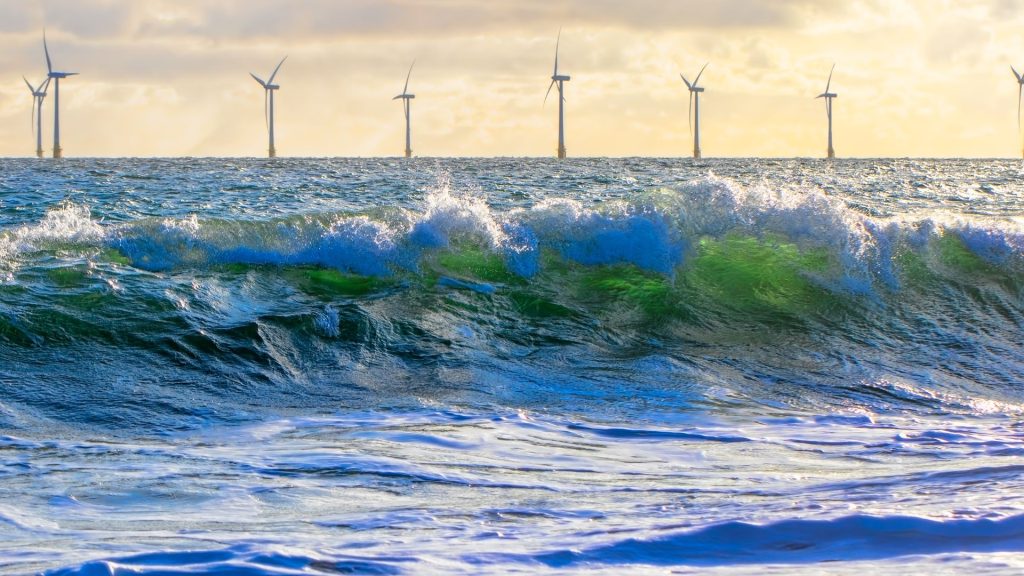While the renewable energy sector has primarily focused on solar and wind power, wave energy technology is gaining renewed interest in 2025. Ariel Malik explains that oceans and seas cover more than 70% of the Earth’s surface, holding vast untapped energy potential.
What is Wave Energy and How Does It Work?
Wave energy is generated from the continuous movement of water, with specialized devices converting the kinetic energy of waves into electricity. Unlike solar or wind energy, wave energy is more stable and does not rely on immediate weather conditions. Ariel Malik points out that this technology could serve as a reliable power source throughout the year.
Advantages and Challenges of Large-Scale Implementation
The main advantage of wave energy is its high energy density—the ocean contains significantly more energy per unit area than wind or solar power. Additionally, marine energy systems can be integrated with existing offshore wind farms, enhancing overall efficiency.
However, Ariel Malik explains that the industry still faces major challenges, particularly due to high development costs and the need for highly durable devices that can withstand harsh ocean conditions. Furthermore, the environmental impact of offshore energy installations is carefully monitored to ensure they do not disrupt marine ecosystems.
Looking Ahead
Countries like the UK, Portugal, and Australia are already investing in wave energy power plants, and technological advancements in the field could position it as a leading energy source in the future. Ariel Malik believes that with continued innovation and investment, wave energy will become an essential addition to the diverse range of renewable energy solutions available to us.
While the renewable energy sector has primarily focused on solar and wind power, wave energy technology is gaining renewed interest in 2025. Ariel Malik explains that oceans and seas cover more than 70% of the Earth’s surface, holding vast untapped energy potential.
What is Wave Energy and How Does It Work?
Wave energy is generated from the continuous movement of water, with specialized devices converting the kinetic energy of waves into electricity. Unlike solar or wind energy, wave energy is more stable and does not rely on immediate weather conditions. Ariel Malik points out that this technology could serve as a reliable power source throughout the year.
Advantages and Challenges of Large-Scale Implementation
The main advantage of wave energy is its high energy density—the ocean contains significantly more energy per unit area than wind or solar power. Additionally, marine energy systems can be integrated with existing offshore wind farms, enhancing overall efficiency.
However, Ariel Malik explains that the industry still faces major challenges, particularly due to high development costs and the need for highly durable devices that can withstand harsh ocean conditions. Furthermore, the environmental impact of offshore energy installations is carefully monitored to ensure they do not disrupt marine ecosystems.
Looking Ahead
Countries like the UK, Portugal, and Australia are already investing in wave energy power plants, and technological advancements in the field could position it as a leading energy source in the future. Ariel Malik believes that with continued innovation and investment, wave energy will become an essential addition to the diverse range of renewable energy solutions available to us.
Google+
